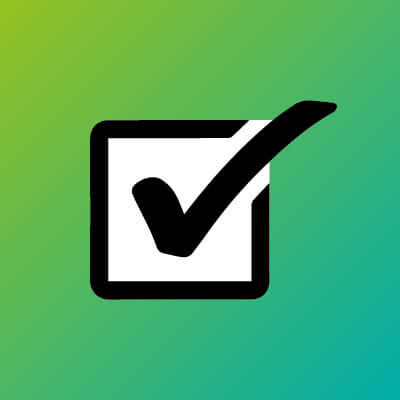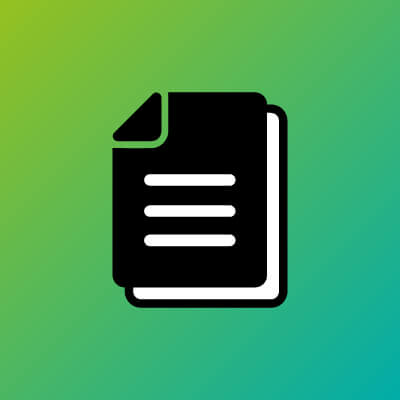This provides the perfect opportunity for you to show off your best work and gives us the chance to see what it is that sets you apart. If you don't already have a portfolio or if you'd like to improve an existing one, the following hints and tips should help. We've also given you links to the specific portfolio requirements for our programmes.
Why we like to see your portfolio
We believe that there's nothing to beat hands-on, practical work and a portfolio allows us to see just that. When we look at your portfolio, we begin to get a sense of who you are and can quickly see the work of which you're most proud. We can identify the progress you've made to date and can gauge the potential you have to develop over the future.
What we're looking for
We're looking for insight - to you and your practice. We're looking for examples of your ability, creativity and originality, as well as your capacity to take your work to the next level. We hope to find a real commitment to the area of study for which you've applied, and if we can see that you have motivation, curiosity and imagination, then so much the better.
What you should include
What you include in your portfolio is up to you, and your ability to critique and select from your own body of work can tell us a great deal.
Of course, we normally expect you to include your best pieces. It's important to show developmental items too, as we like to see the creative process that you follow to refine and make improvements at each stage. We actively encourage you to include initial thoughts or work in progress alongside finished pieces, and don't forget to submit work that uses unusual materials or inventive processes.
Try to include pieces that reveal a little of your identity and that reflect your personal interests. If you've completed projects in your own time, you should add these to any material produced in class or at college. We also like to see work that shows your understanding of the wider environment and of the way your own practice fits into the bigger picture.
- Think about including some of the following:
- Sketchbooks / rough workings
- Ideas books / developmental items
- Finished pieces
- Collaborative work
- Work in different media
- Work that demonstrates a range of abilities
- Work that tells us something about yourself
If you don't have examples of the type of we've listed, don't worry. We may be able suggest alternatives - feel free to call us for some extra guidance, especially if you've been out of education for some time or don't have relevant experience.
What you shouldn't include
Don't include everything - we like to see that you can be selective. Avoid enclosing so much that the portfolio becomes difficult to lift or carry; around 15 to 20 pages should be adequate. Be prepared to talk about anything that you've included in your selection.
How to display and organise your portfolio
Try to give your portfolio a logical order and one that tells a story. Perhaps organise your work in chronological order and show the development of your ideas over time.
Label everything with your name and contact details, and think about whether a list of contents would help us find what we're looking for. A consistent approach to layout can help create a sense of order and logic. A messy portfolio can distract from the value of your work.
Discussing your portfolio
If you're invited to bring your portfolio along to an interview, we're very likely to discuss its contents with you. We will usually ask you to talk about particular pieces and might ask you to identify which you consider to be the stronger and weaker examples. We'll be keen to hear about your sources of inspiration, the themes that have emerged and the methods you use to develop your creative practice. Don't be shy about telling us more - we're genuinely interested to hear what you have to say!
How you should get your portfolio to us
You may be asked to bring your portfolio with you to an interview or to send it in to us. Whatever our requirements, you will always be given full instructions on what to do and, of course, you are more than welcome to give us a call with any questions.
When you'll get your portfolio back
If you have brought your portfolio along to an interview, you will usually be free to take it away with you at the end of the session. If you have sent us a portfolio, we may return it to you or contact you to arrange for its collection from campus. Again, we will give you full instructions throughout the process, so don't feel daunted.
Applying from outside New Zealand
If you're applying to our programmes from overseas, the best way to get your portfolio to us is by copying a range of your work to CD and sending this to us. Alternatively, you might like to send a selection of photographs or slides.
Make sure that, whatever you choose to do, you remember to label everything clearly and that you include your name and contact details.

